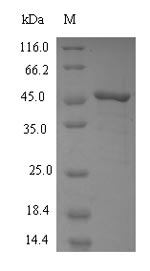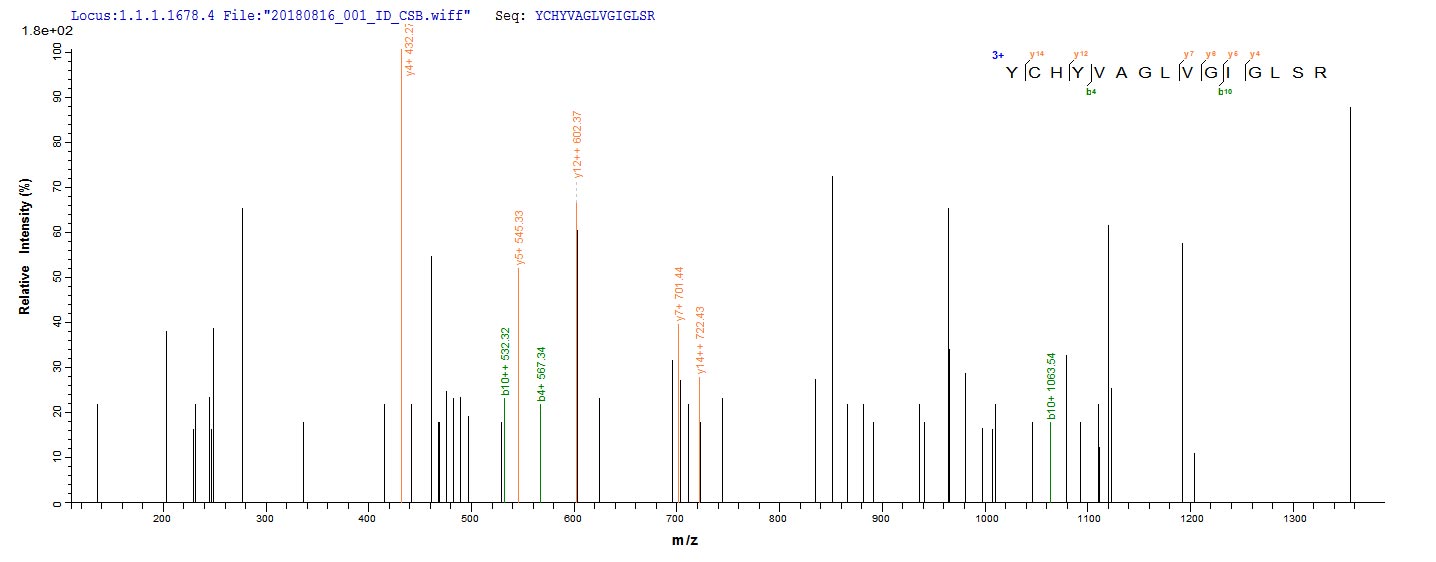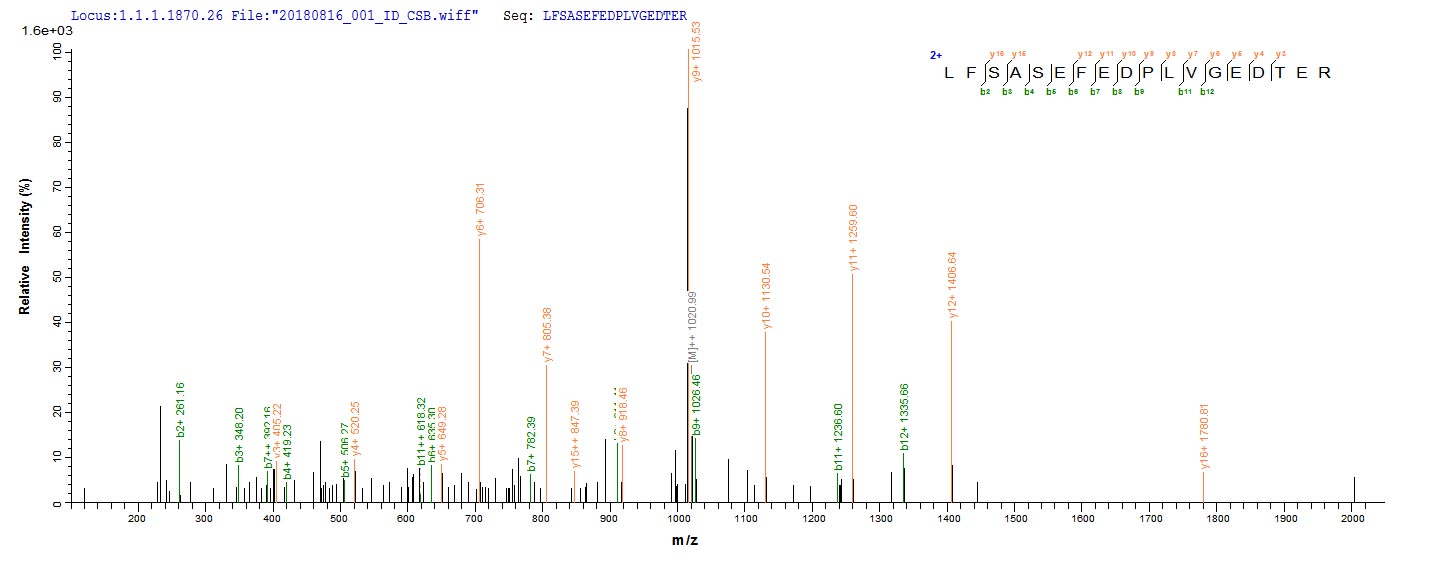Amino acids 2-417 constitute the expression domain of recombinant Human FDFT1. This FDFT1 protein is theoretically predicted to have a molecular weight of 52 kDa. This FDFT1 protein is produced using e.coli expression system. The FDFT1 gene fragment has been modified by fusing the N-terminal 6xHis tag, providing convenience in detecting and purifying the recombinant FDFT1 protein during the following stages.
Human squalene synthase (FDFT1) is a key enzyme in the cholesterol biosynthesis pathway, catalyzing the condensation of two molecules of farnesyl diphosphate to produce squalene. This reaction is a crucial step in the mevalonate pathway, leading to the synthesis of cholesterol and other isoprenoids. FDFT1 plays a central role in maintaining cellular lipid homeostasis. Dysregulation of cholesterol levels can contribute to various diseases, including cardiovascular disorders. Research on FDFT1 is important for understanding cholesterol metabolism and lipid-related diseases and exploring potential therapeutic targets for conditions associated with abnormal lipid profiles.








